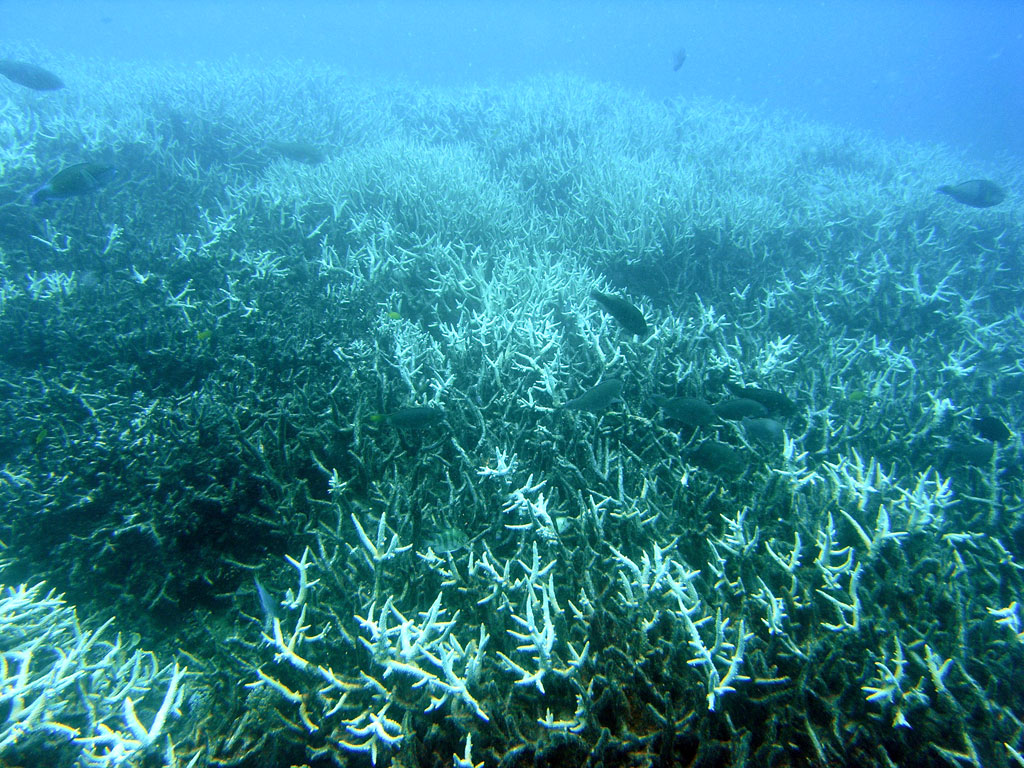Global temperatures are at the highest levels they have ever been in modern history, with ocean temperatures not far behind.
With global warming continuing at an alarming rate and ocean temperatures expected to rise scientists predict that soon there will be one of the worst coral bleaching episodes.
Coral bleaching occurs when water is too warm. It is the loss of intracellular endosymbionts (known as zooxanthellae) through either expulsion or loss of algal pigmentation. This causes corals to turn completely white.
According to the NOAA’s National Ocean Service “when a coral bleaches, it is not dead. Corals can survive a bleaching event, but they are under more stress and are subject to mortality.”
Coral bleaching poses a huge threat to the great reef ecosystems of tropical seas. Coral reefs act as both food and shelter for a wide range of small fish and marine creatures and their health is crucial to sustainable biological diversity.
“We’re going to continue to see a pattern of high thermal stress that really follows the same sort of time sequence and movement of 1998 [El Niño] major event” says Mark Eakin, coordinator of the National Oceanic and Atmospheric Administration’s (NOAA) Coral Reef Watch program.
Adding:
“Everything we’re seeing says that same pattern is going to happen again this year.”
Mark Eakin, head of National Oceanic and Atmospheric Administration’s Coral Reef Watch program, told Mashable in a recent interview.
“As the ocean becomes more acidified, the bleaching threshold for corals drops, more carbon dioxide makes corals more sensitive to thermal stress,”
Adding:
”Not only are we seeing more thermal stress … but we’re making them more sensitive at the same time.”
“We’re seeing a rising background temperature, we’re seeing this increase in the thermal content of the oceans, and as that happens it doesn’t take as nearly as big of an event to set off this chain of bleaching,” Eakin said.

Bleached corals.
Coral bleaching has already occurred in Guam, Hawaii, Tuvalu, and Florida. Researchers are now warning of huge bleaching events in the Pacific Islands and along the coasts of Australia.
In 1998 ocean temperatures rose and the especially large El Niño event caused one of the largest bleaching episodes in recent history. It killed off around 15 percent of the world’s coral – many areas have not completely recovered yet.
Ove Hoegh-Guldberg, a marine biology professor at the University of Queensland and coral reef expert, told The Guardian:
“Many coral reef scientists are expecting something similar to 1997-98 to unfold in the next six to 12 months.”
A team of American and Israeli scientists found that Oxybenzone, a compound found in more than 3,500 sunscreens worldwide, is a major cause of coral reef decline in popular areas.
